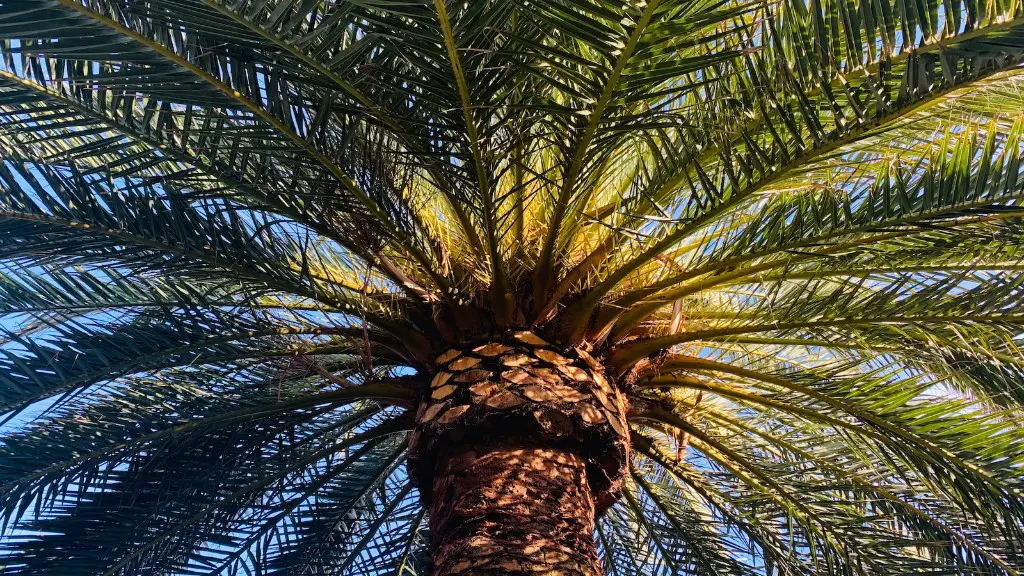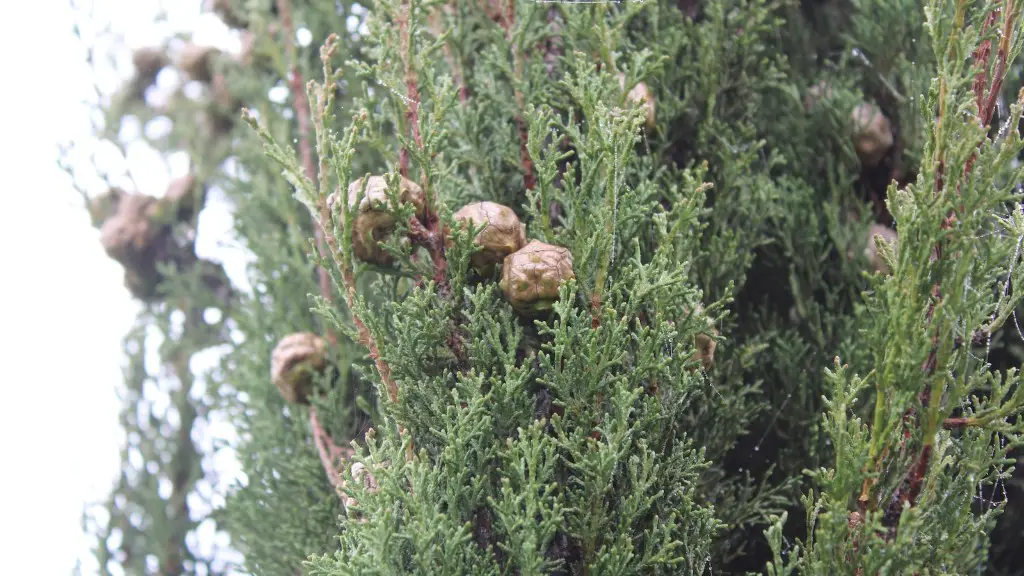How to Grow an Avocado Tree from Seeds in Soil
Avocado trees are most popular for their delicious fruit, but did you know that you can grow an avocado tree from its seed in soil? Not only is it possible, it is also an easy way to get a home-grown avocado tree of your own. Growing a tree from its seed can take anywhere from three to six years but the end result makes it worthwhile! Here are the step-by-step instructions for how to grow an avocado tree from seed in soil.
Step 1: Prepare the Seed
Before you can plant your avocado in soil, you will need to prepare the seed. First, you must clean off the membrane and fuzz that may still be attached to the seed. Then, you will need to pierce the seed with three or four toothpicks equally spaced around the circumference. You can use the toothpicks to suspend the seed in a glass of water. After the seed has soaked up enough water, it will start to split open and reveal a young root. Once the root has grown to about one inch long, it is time to move on to planting the seed.
Step 2: Plant the Seed
Once the root has grown, it is time to plant the seed in soil. Find a pot with a drainage hole that is at least five inches deep and fill it with high-quality potting soil. Next, place the seed in the center of the pot and press it down lightly so that the root is slightly buried. Then, water the soil to give the seed a good start. Make sure the soil is evenly moist at all times.
Step 3: Care for the Seedling
Avocado trees require a lot of care when they are young. You should place the seedling in an area with plenty of bright but indirect light. The seedling also needs regular watering, as the soil should remain consistently moist. It’s best to water the soil rather than the seedling itself. Additionally, it is essential to keep the seedling at a steady temperature of 65-75 degrees Fahrenheit. You may need to monitor the temperature, as fluctuating temperatures can stunt the seedling’s growth. Finally, the seedling needs occasional fertilizer to help it grow.
Step 4: Prune and Protect
Once the seedling reaches about a foot tall, it is time to start pruning. Pruning helps encourage the tree to grow thicker branches and an overall shape. It is best to remove any excessive leaves or thick stems that may be limiting the tree’s growth. Additionally, you may need to protect your seedling from pests and animals. Low fences or netting around the tree may be necessary to keep animals away.
Step 5: Transplant
Eventually, the tree will outgrow its pot and it will need to be transplanted into a larger pot or into the ground. It’s best to wait until the seedling is at least three feet tall before transplanting. When transplanting, you should dig a hole that is twice as deep and twice as wide as the tree’s original root ball. After the tree has been transplanted, it will need some extra care. Keep the soil moist and give it plenty of sunlight. You should also use fertilizer to help the tree adjust to its new home.
Step 6: Wait and Harvest
After transplanting the tree, all you need to do is wait patiently. It can take anywhere from three to six years before the tree produces avocados. And when it does, be ready to harvest the avocados before they fall to the ground. Keep in mind that only one avocado will ripen at a time and you can only pick the ripe ones.
Advanced Pruning and Harvesting
Once the avocado tree has established itself and is producing fruit, it is important to properly prune and harvest the fruit. Pruning helps to ensure that the tree grows in a healthy and balanced way. It can also help encourage more fruit production. When pruning, it is important to maintain the central leader and remove any excessively long shoots. Additionally, you should avoid pruning too much as it can shock the tree, which can lead to disease.
Harvesting is also important for optimal production. Make sure to check your avocado tree regularly for any ripe fruit. If the fruit has a yellow-greenish to deep purple-black color, it is usually ripe. You can also use a gentle tug to test if it is ready for picking. When it is time to harvest, make sure to use a ladder to reach any out-of-reach fruit. Finally, make sure to pick the fruit carefully to avoid any bruising.
Tips and Tricks
When growing an avocado tree from seed in soil, there are a few tips and tricks you should keep in mind. First, it’s best to plant the seed in an area with partial shade and lots of indirect sunlight. You should also water the tree regularly to keep the soil evenly moist. Finally, it is important to use fertilizer to help the tree get the necessary nutrients. Additionally, you may want to use some pest control measures to keep your tree safe.
Extensive Care for Optimal Results
Growing an avocado tree from seed in soil requires plenty of care and patience. That being said, the end result is worth the wait. Not only do you get a healthy, home-grown tree, but you also get delicious avocados. With the right care and attention, your avocado tree will produce plenty of fruit that you can enjoy all year long!
Periodic Diagnostics
Besides the more advanced care needed for the tree, periodic diagnostics is also important. Make sure to pay attention to any signs that something is wrong with your tree, such as yellowing leaves, stunted growth, or slow fruit production. If you notice anything out of the ordinary, speak to a certified arborist for help diagnosing and solving the problem. By performing regular diagnostics, you can ensure that your tree is healthy and producing plenty of avocados.
Varieties of Avocado Trees
Another factor to consider when growing an avocado tree is the variety that you choose. There are many different varieties of avocado trees, each with their own unique characteristics. Some varieties are cold- hardy, while others are better suited to warmer climates. Additionally, some varieties produce larger fruit than others. Research the different varieties of avocado trees to determine the best option for your location.
Organic vs. Traditional Growing
When it comes to growing an avocado tree, you may be wondering if you should go the traditional or the organic route. Many people believe that organic growing is better for the environment, as it does not involve the use of chemical fertilizers or pesticides. However, traditional growing methods produce quicker results and may yield more avocados. Ultimately, it is up to you to decide which method is best for your avocado tree.

